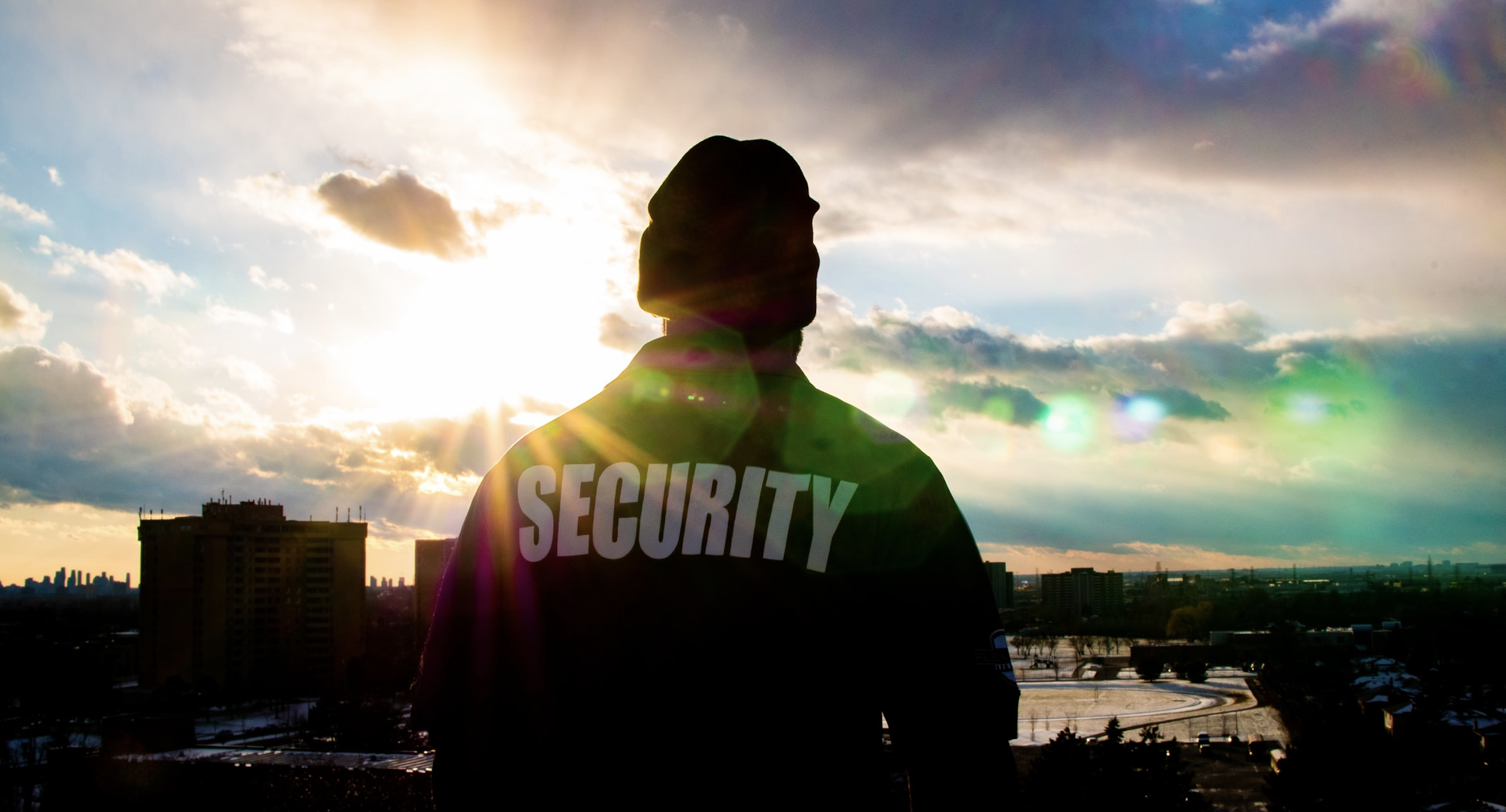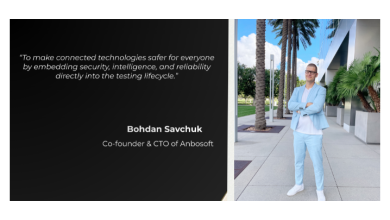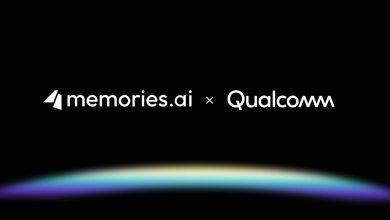
The adoption of body cams has been on the increase for a number of years as organisations aim to dissuade aggression, improve accountability, and reduce false accusations. In fact, according to Market Research Future, the body-worn cameras global market is expected to reach $1,507m in 2025. Across a growing range of use cases, from private security guards to retail staff, in-home service providers, and delivery workers, many employees feel safer and more valued when wearing body cameras. Demand has also been accelerating as a result of the pandemic, social unrest, and the shift to providing more in-home, curbside, and remote services.
There’s no doubt that body cams perform an important role in some challenging and potentially dangerous situations, with demand driven by some worrying trends. Take retail, for example, where the latest BRC Crime Survey found over 450 incidents of abuse and violence towards retail staff occur every single day. Meanwhile, research from the University of Portsmouth into the safety of security guards found that 43% were being threatened with violence once a month, and 10% were being physically threatened on a daily basis.
A recent study also suggests that the use of body cameras in non-law enforcement applications will increase in 2021, saying the potential addressable market for commercial body-worn cameras is significantly ahead of law enforcement. In the U.S. alone, private security guards outnumber police officers 2-to-1, and as a result, new commercial body camera users – in retail, for example – are rapidly emerging.
Technology has come a long way. First seen in the early 2000s in the law enforcement context, today’s body cams offer better performance, reliability and are more versatile than ever. In particular, high-speed data connectivity and more advanced features – such as secure 4G and Wi-Fi capabilities, two-way audio, geo-tagging, and alarm features – have boosted the effectiveness of body cams as an essential technology tool.
Cloud-Connected Cameras
While traditional law enforcement body cameras use an expensive subscription model, which is often out of the range of commercial customers, the arrival of body cams supported by cloud connectivity are being offered at a much lower price point, equivalent to that of fixed cameras. This means that solutions are now affordable for commercial customers who can implement advanced cameras with affordable long-term subscriptions. The use of cloud infrastructure also allows users to manage a large number of cameras online, all of which can be monitored from a control room.
As a result, today’s professional-grade body camera services are designed to improve staff safety and accountability, trigger an immediate response and provide valuable evidence, all while protecting assets and keeping communities safe. Another advantage is that in the same cloud video management platform, video from both fixed cameras and body cameras can be reviewed, instead of having different applications for each.
In smart city applications, for example, direct-to-cloud body cams provide extra protection for security guards, while helping to monitor their workloads to ensure patrols are completed on time. The role of 4G connectivity is important because it gives the user live access to body camera video for live streaming, real-time remote viewing, and direct to cloud recording. By streaming footage to a monitoring or security operations centre and using geo-tagging, organisations can provide immediate response and support.
With cloud-based video surveillance, it becomes possible to access and share video anytime, from anywhere, and to receive real-time alerts the moment an event is detected. Analytics, AI and machine learning technologies are also being integrated into camera technologies to deliver smart solutions that can track and interpret video footage to provide insight across an increasing range of use cases. It is also possible to have security managers receive alerts under specific circumstances, against certain rules, or when those wearing the cameras wish to trigger one.
As organisations look to balance protection with accountability, their reliance on high-quality, accessible video footage will grow. At the same time, body cam technologies are becoming more affordable and their use across a greater number of familiar environments will accelerate. For employers, they represent an opportunity to exercise their duty of care for every individual they interact with, and for employees and the wider community, they provide a significant boost in protection in situations where personal safety is increasingly at risk.




good